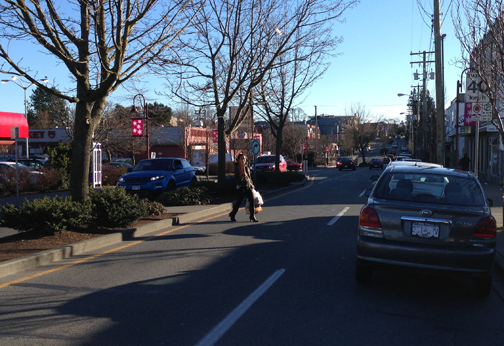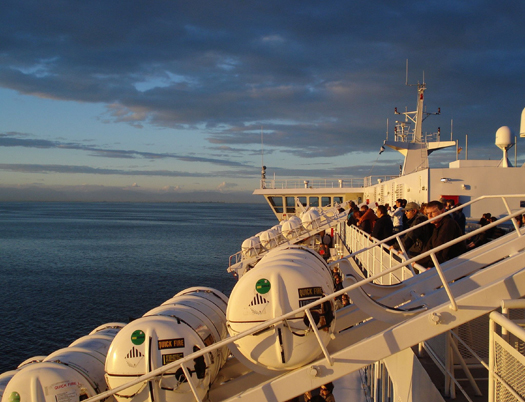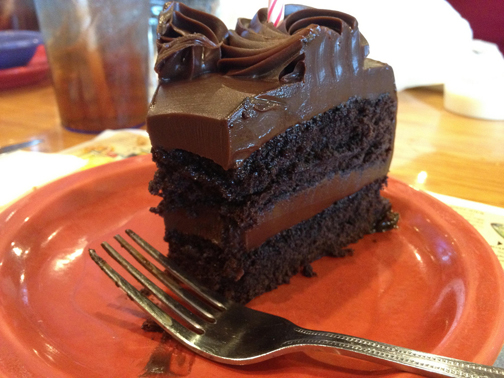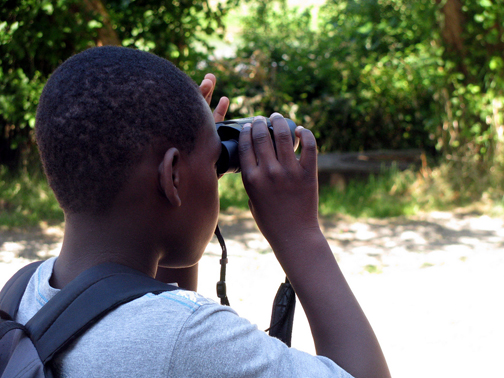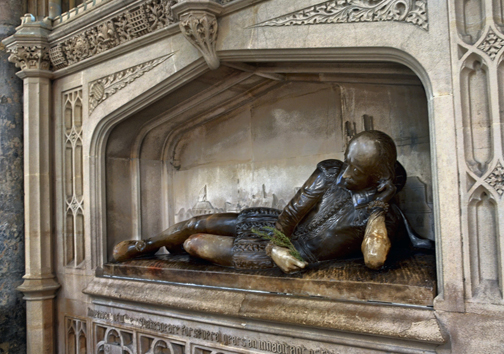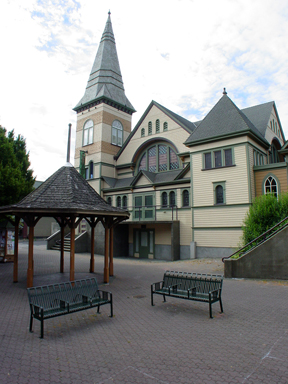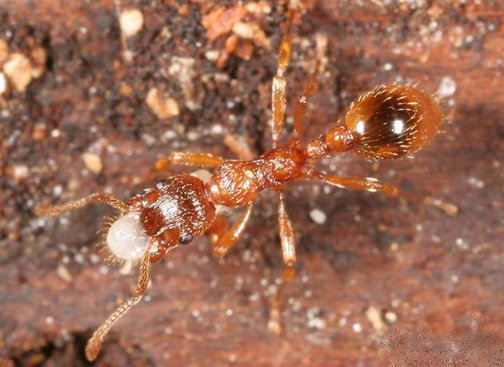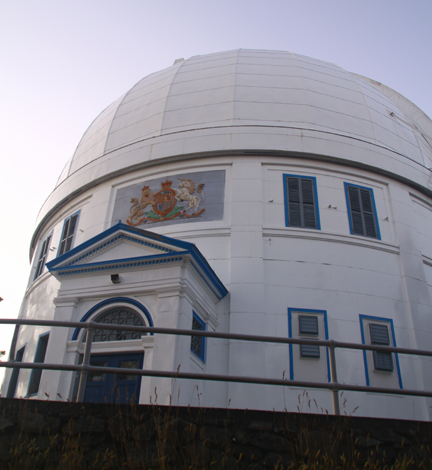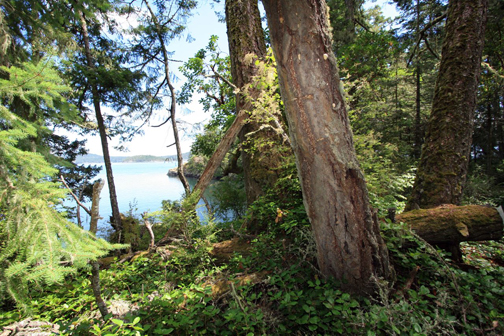One of the buzzwords in urban planning these days seems to be “people-friendly streetscapes.”
The intent is to transform the car-centric corridors that crisscross our region into people-oriented spaces.
For example, Victoria’s new official community plan, unveiled last week, calls for transportation systems that prioritize pedestrians, cyclists and people using public transit.
You could consider Quadra Village as an example. As soon as you cross Hillside Road going south, the driving lane narrows, more vehicles are parked at the kerb, more street plantings, arty, low-hanging street lamps and banners change the feel of the street. They immediately shift roadway priorities away from traffic towards the people who live, work, walk, cycle, shop, and make the village viable.
Saanich’s draft plans for Shelbourne Street also call for improved focus on people. In the past, transportation planning along the corridor focused on vehicles, as many as 25,000 of which travel the corridor daily, en route from somewhere else to points beyond. Walking and biking routes are piecemeal. The plans recognize that communities along Shelbourne Street now need to be retrofitted to serve people and these multiple uses.
Brentwood Bay’s slower speed limits, and the Gorge–Tillicum area’s roundabouts also help refocus community throughways on people.
They manifest a paradox known as psychological traffic calming, or playing with drivers’ minds to slow them down….
Read the rest of this editorial at the Victoria Times Colonist….

